The Surgical Staplers Market is characterized by a robust competitive landscape with numerous key players that are continuously innovating to cater to the increasing demand for surgical procedures globally.
As the healthcare sector evolves, the need for advanced surgical instruments such as staplers is on the rise, driven by the growing prevalence of chronic diseases, an aging population, and advancements in minimally invasive surgical techniques.
Companies operating in this market are focusing on product development, technological advancements, and strategic partnerships to enhance their market presence and improve their product offerings. The competition is intense, with firms competing not only on product effectiveness but also on cost efficiency and customer service.
Regulatory approvals and compliance with safety standards play a crucial role in shaping the competitive dynamics of the market, as companies strive to establish their credibility and gain trust among healthcare providers.
Stryker is a prominent player in the Surgical Staplers Market, recognized for its strong portfolio of surgical and medical devices, including advanced stapling systems. The company has positioned itself effectively by leveraging its innovative technology and extensive research and development capabilities.
Stryker's surgical staplers are known for their reliability, precision, and user-friendly design, making them a preferred choice among surgeons globally. With a strong presence in numerous regions, Stryker has established a comprehensive distribution network and has a reputation for high-quality products backed by exceptional customer support. The company’s commitment to continuous improvement and innovation reinforces its competitive edge, allowing it to respond quickly to evolving market demands and exceed customer expectations.
Intuitive Surgical is another key player in the Surgical Staplers Market, recognized mainly for its pioneering contributions to robotic-assisted surgery. The company offers advanced surgical staplers that integrate seamlessly with its robotic surgical systems, enhancing surgical precision and improving outcomes.
Intuitive Surgical's strength lies in its cutting-edge technology, robust product range, and a strong focus on research and clinical education. The company's flagship products not only elevate surgical standards but also contribute to the growing trend towards minimally invasive procedures globally.
Additionally, Intuitive Surgical has expanded its influence through strategic mergers and acquisitions, which have fortified its market presence and broadened its technological capabilities. By continuously innovating and refining its product lines and providing comprehensive training to healthcare professionals, Intuitive Surgical has established itself as a leader in the market, effectively meeting the needs of surgeons and healthcare facilities worldwide.
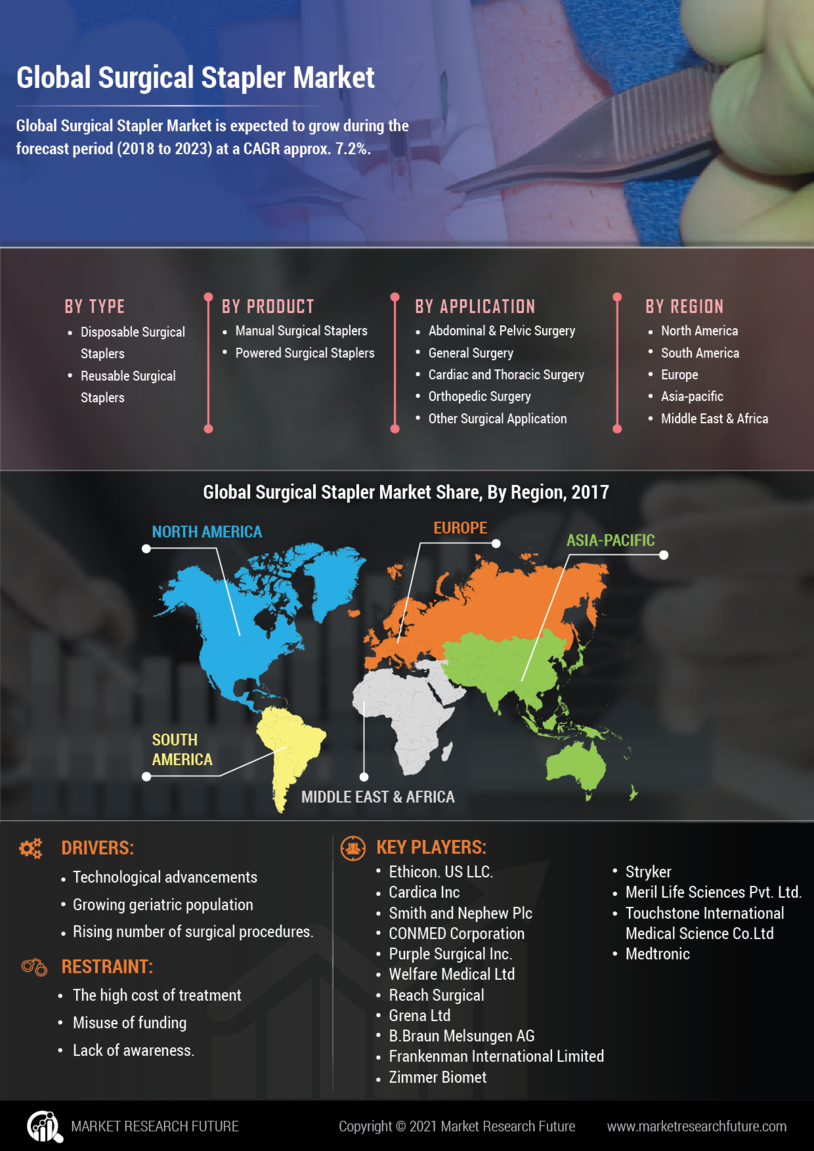

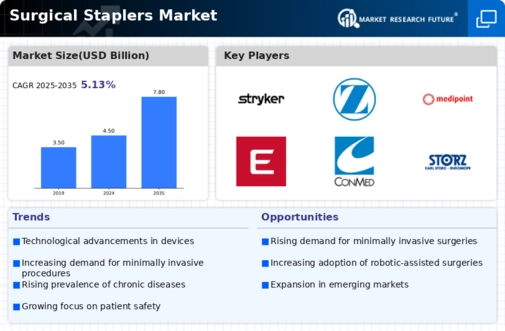

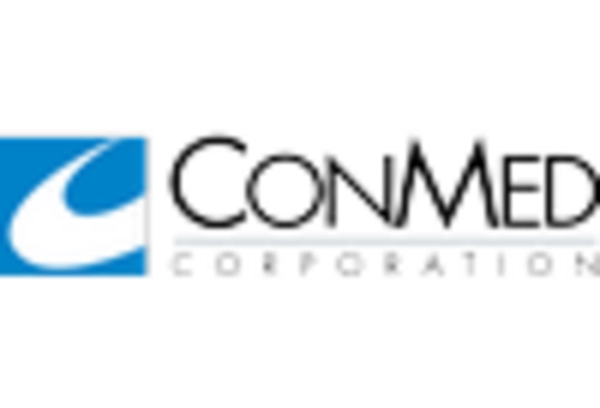

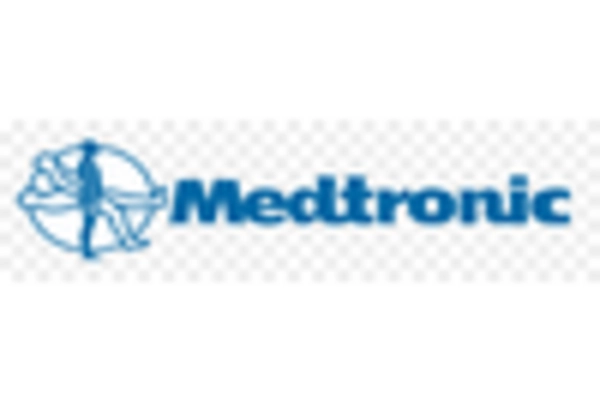
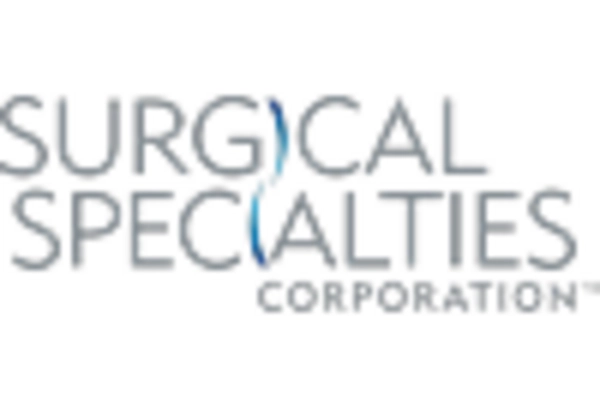








Leave a Comment